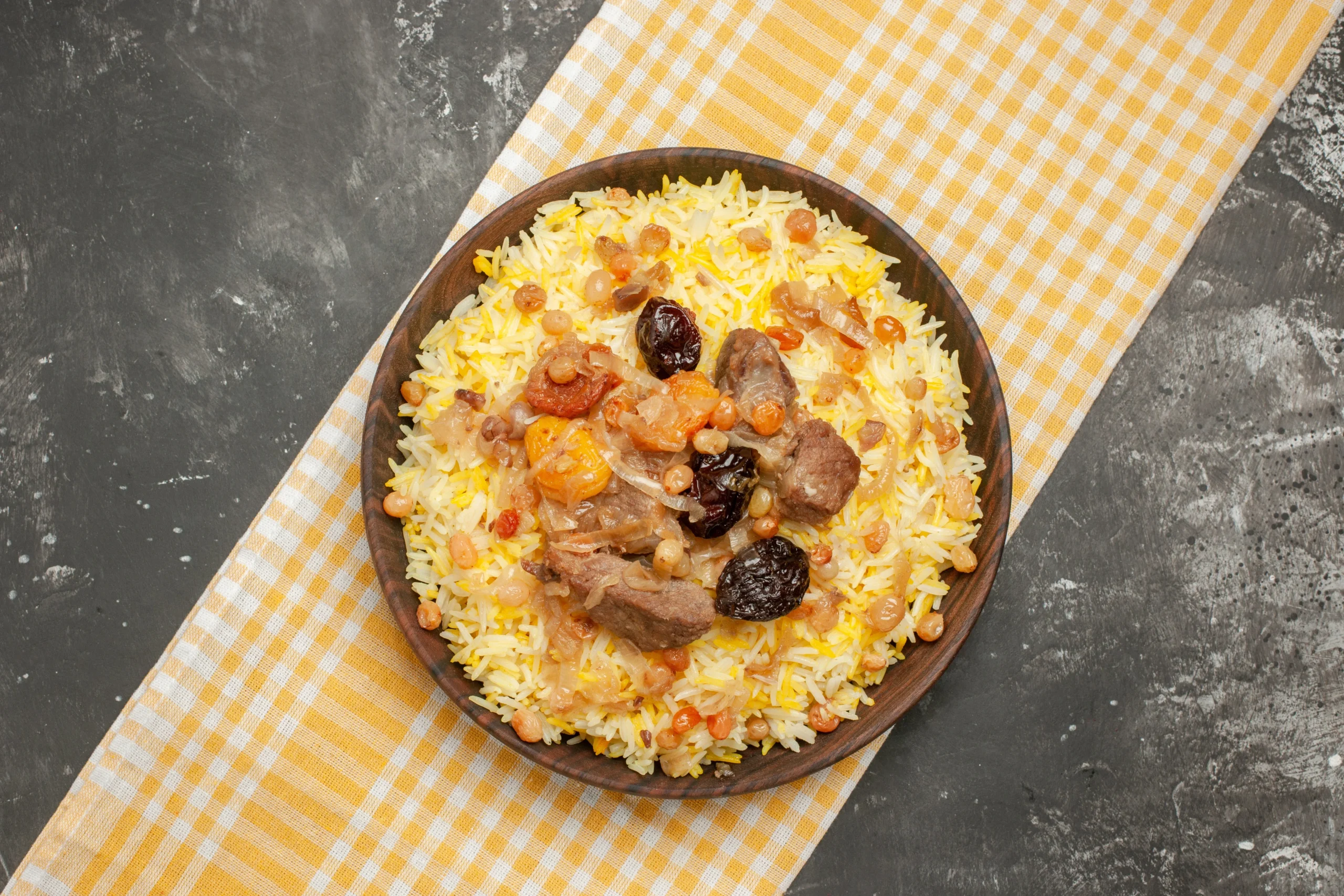 Briyani rice and kebuli rice are two types of spiced rice dishes popular in Indonesia, especially among fans of Middle Eastern and Indian cuisine. Although they look similar at a glance, these dishes have significant differences. Are you still confused about which one is briyani rice and which is kebuli rice? Let’s delve deeper into the differences between briyani rice and kebuli rice, from their origins to cooking methods, so you can better understand both!
Briyani rice and kebuli rice are two types of spiced rice dishes popular in Indonesia, especially among fans of Middle Eastern and Indian cuisine. Although they look similar at a glance, these dishes have significant differences. Are you still confused about which one is briyani rice and which is kebuli rice? Let’s delve deeper into the differences between briyani rice and kebuli rice, from their origins to cooking methods, so you can better understand both!
Origins
One of the differences between briyani rice and kebuli rice lies in their origins. Briyani rice originates from Persia and spread to India and Pakistan. Its name comes from the Persian word meaning fried or roasted. Briyani rice is renowned for its abundant spices and unique cooking methods.
Meanwhile, kebuli rice is likely an Indonesian adaptation of an Afghan dish called kabuli palaw. With some adjustments, kebuli rice became popular among Arab-Indonesian communities and Betawi society.
Key Ingredients
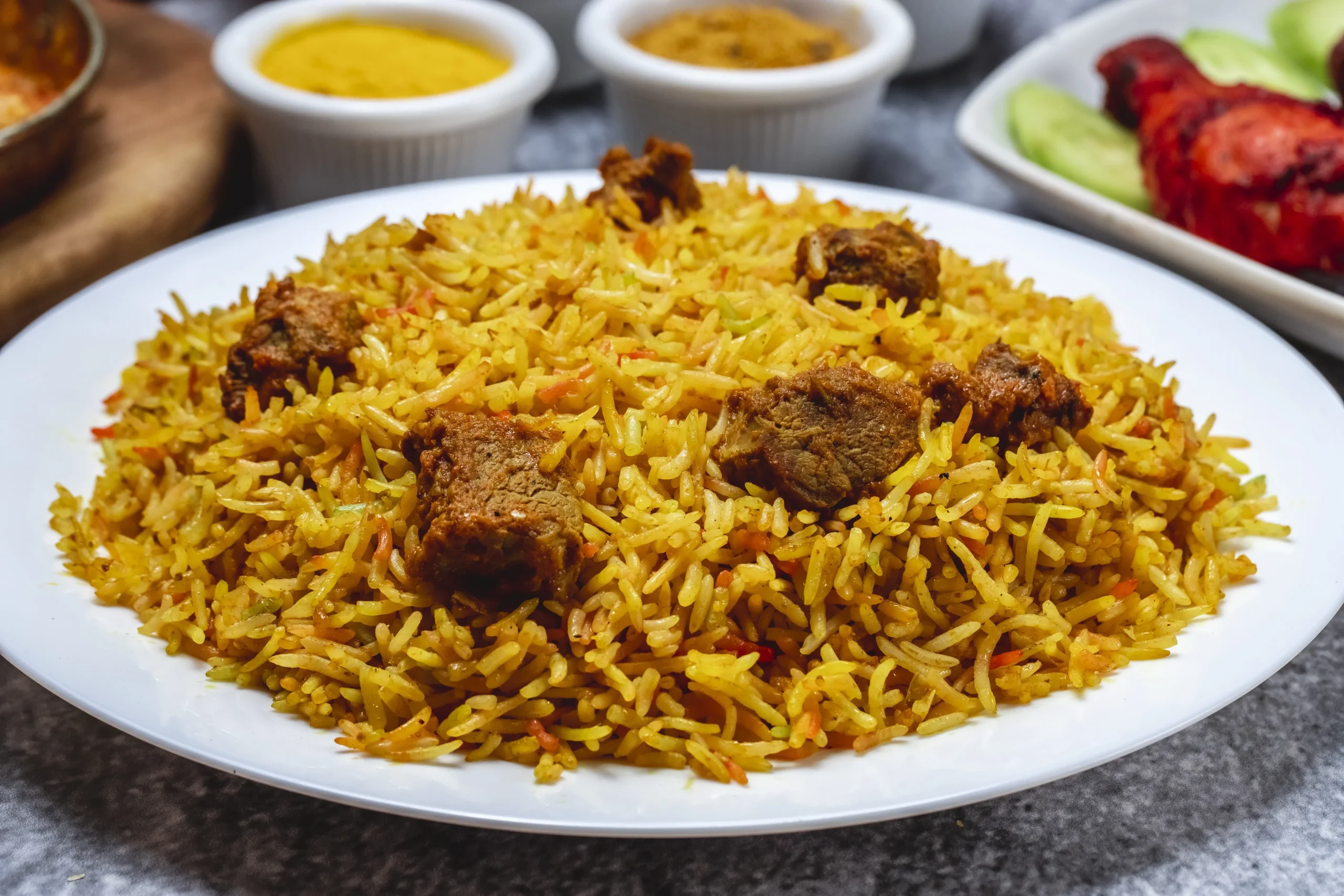 The differences between briyani rice and kebuli rice also appear in their ingredients. Briyani rice typically uses basmati rice, a special Indian rice with long and light grains. The main spices in briyani rice include turmeric, cardamom, cloves, cinnamon, coriander, and curry leaves. This combination of spices gives the dish a complex aroma and flavor.
The differences between briyani rice and kebuli rice also appear in their ingredients. Briyani rice typically uses basmati rice, a special Indian rice with long and light grains. The main spices in briyani rice include turmeric, cardamom, cloves, cinnamon, coriander, and curry leaves. This combination of spices gives the dish a complex aroma and flavor.
On the other hand, kebuli rice is more flexible when it comes to rice types. Various types, such as basmati, jasmine, or pera, are commonly used, as long as the grains are long. This dish is cooked using goat broth or goat meat, which gives it a distinct savory taste. Kebuli rice spices include cardamom, cinnamon, cloves, and cumin. Goat milk or coconut milk is often added to create a creamy texture.
Cooking Methods
The cooking methods are another difference between briyani rice and kebuli rice. Briyani rice is cooked using the “dum” technique, where the rice and meat are cooked separately until half-done, then layered in a pot. This process is done over low heat, with the pot sealed tightly to retain the steam. This technique ensures the spices are fully absorbed into the rice.
On the contrary, kebuli rice is cooked more simply. The rice is cooked directly with goat broth, meat, and spices until fully done. The meat can either be cooked along with the rice or sautéed separately before being added during serving.
Taste and Presentation
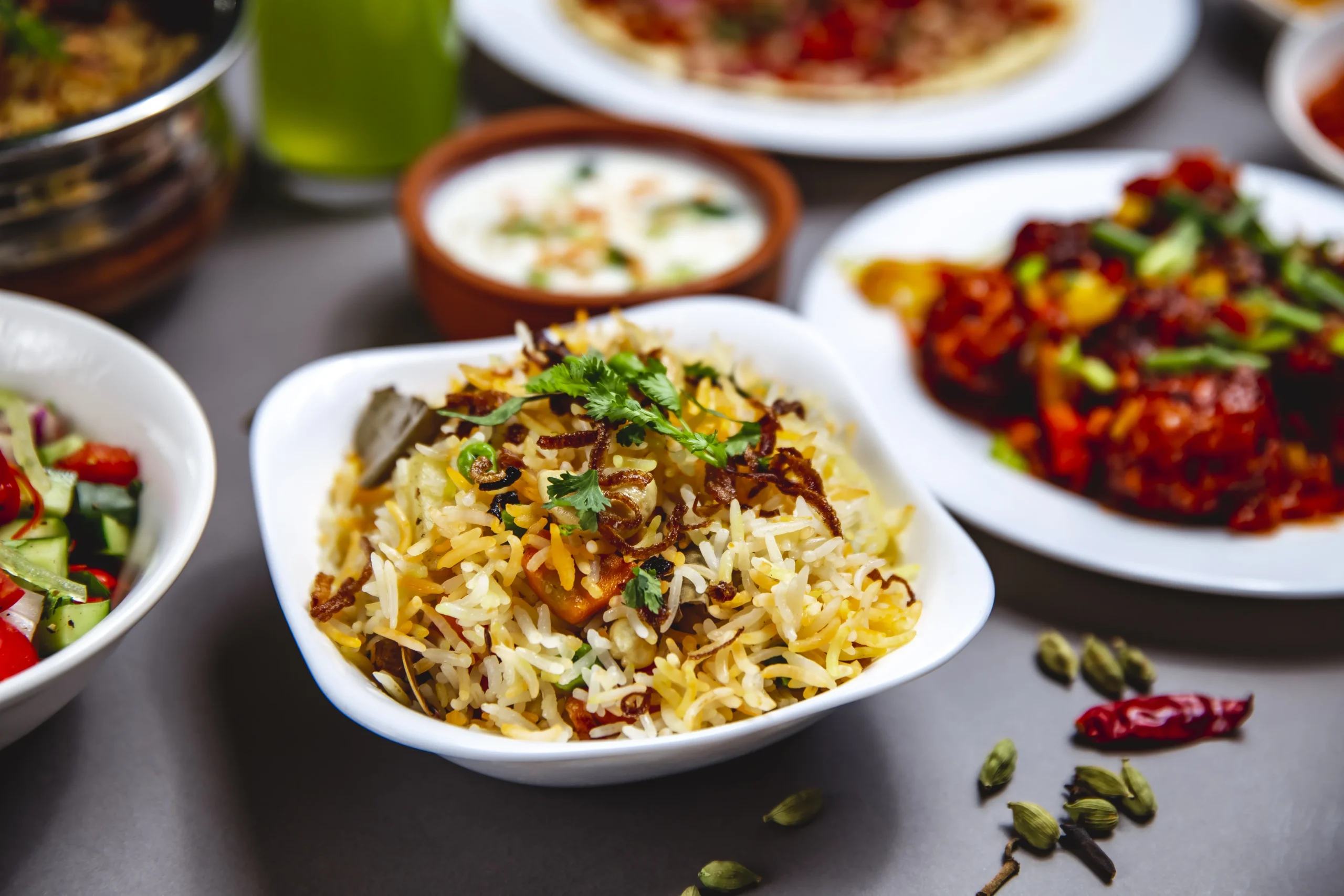 In terms of taste, the differences between briyani rice and kebuli rice are quite noticeable. Made with spices like ginger, cloves, turmeric, coriander, curry leaves, and saffron, briyani rice has a rich and slightly spicy flavor. It is often served with side dishes like raita (spiced yogurt), pickles, or boiled eggs to balance its spiciness.
In terms of taste, the differences between briyani rice and kebuli rice are quite noticeable. Made with spices like ginger, cloves, turmeric, coriander, curry leaves, and saffron, briyani rice has a rich and slightly spicy flavor. It is often served with side dishes like raita (spiced yogurt), pickles, or boiled eggs to balance its spiciness.
Meanwhile, kebuli rice has a dominant savory taste with a characteristic aroma of goat meat. It is often accompanied by pickles, dates, or raisins for a contrasting sweet flavor. Kebuli rice also tends to be creamier than briyani rice due to the use of coconut milk or goat milk.
Variations and Local Adaptations
Both briyani rice and kebuli rice have undergone numerous adaptations in Indonesia. Briyani rice is often modified with additional side dishes like fried chicken or rendang. On the other hand, kebuli rice is commonly served at special events like Eid al-Fitr or Eid al-Adha. Some regions have even created unique versions of kebuli rice with added local spices.
Read More : The Difference Between Nasi Mandhi and Biryani: Flavorful Dishes to Savor
Complete Your Dish with FiberCreme
To make briyani and kebuli rice healthier and tastier, you can add FiberCreme during the cooking process. FiberCreme is a versatile powder that is high in fiber and low in sugar, offering a practical solution for creating healthy yet delicious meals. This product can replace coconut milk or goat milk to create a creamy texture with 0 mg cholesterol and no lactose.
Interested in creating briyani and kebuli rice dishes or other special meals that support a healthier lifestyle for you and your family? Find recipe inspiration on @FiberCreme_TV and the Ellenka channel on YouTube.

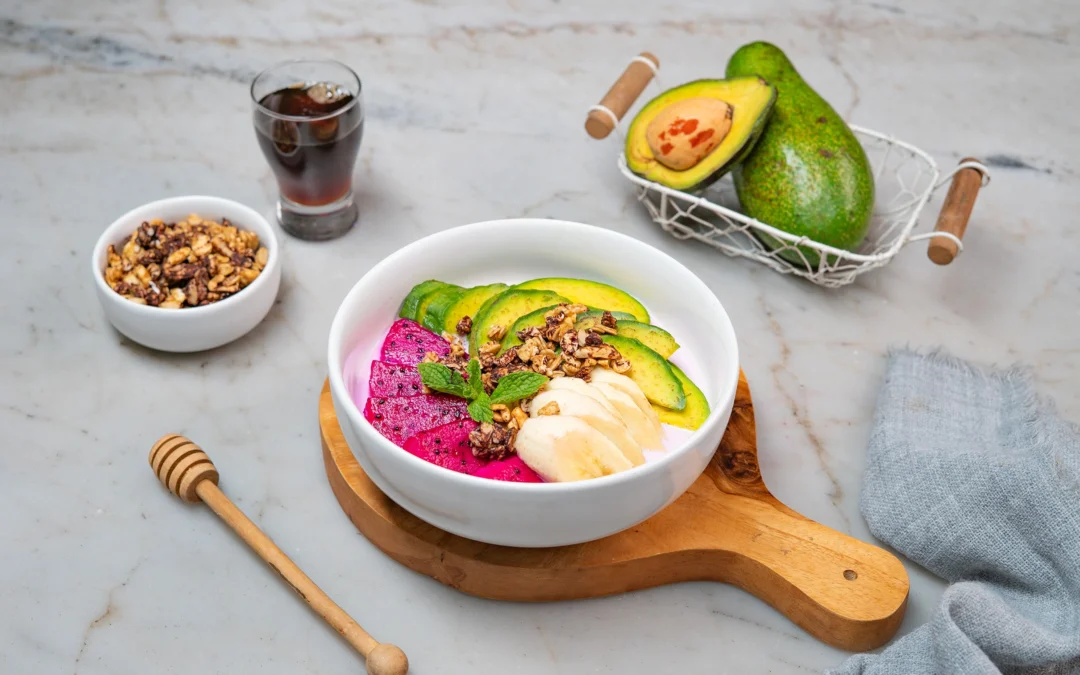


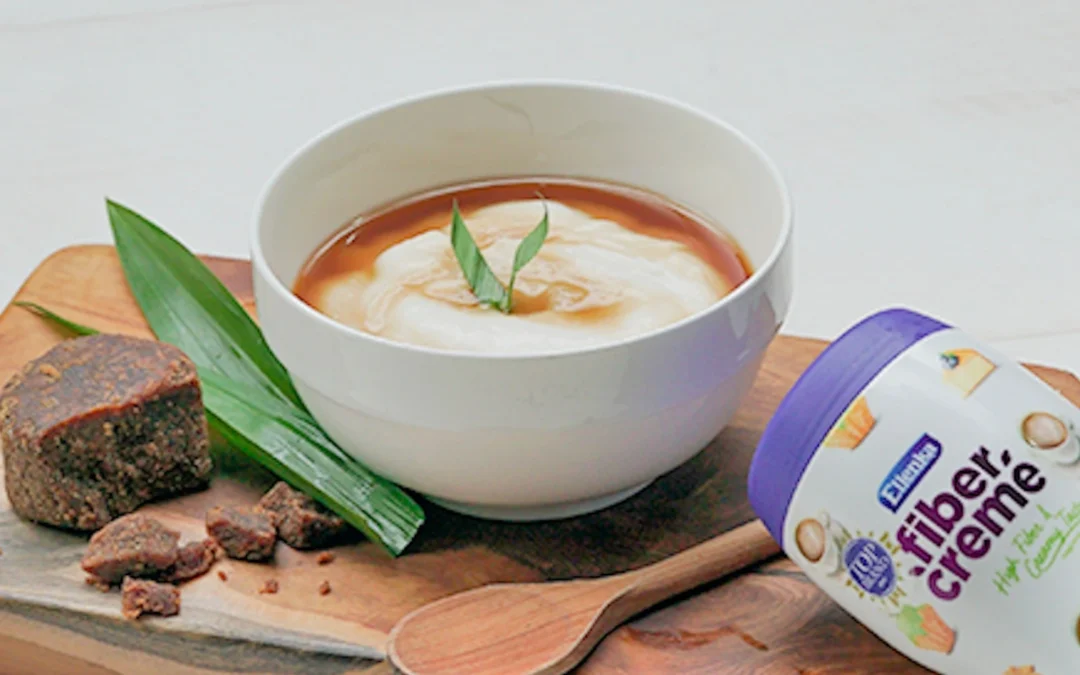
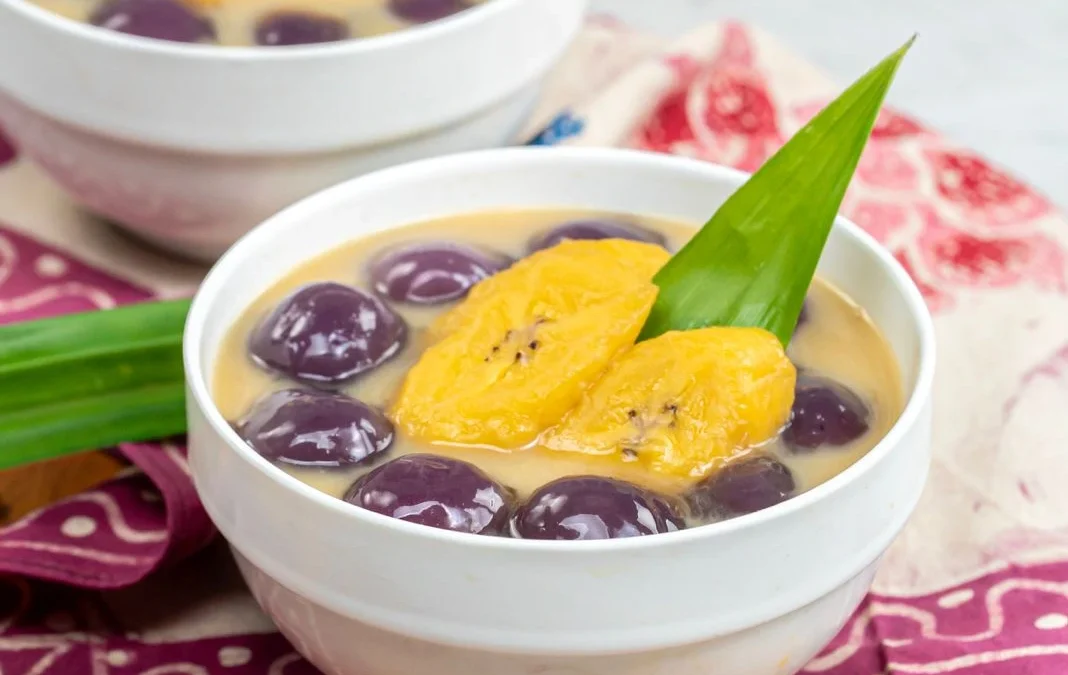
0 Comments